Forklift trucks are a hazard when working alongside pedestrians. Accident statistics are available through the Reporting of Injuries, Diseases and Dangerous Occurrences Regulations (RIDDOR) in the UK, and OSHA or the Bureau of Labor Statistics in the US. They reveal alarming forklift injury data patterns.
These six accident statistics highlight the dangers of forklift trucks working alongside people:
You can find comprehensive workplace accident data records on the Health and Safety Executive (HSE) website.
These accident statistics point to many reasons why forklift accidents can have the most serious consequences in industrial facilities. Particularly for facilities in the transportation and storage sector, where forklift numbers are greater and movement near pedestrians more frequent.
The mechanical workings and specifications unique to forklift trucks are another indicator of why forklift accidents have such severe consequences.
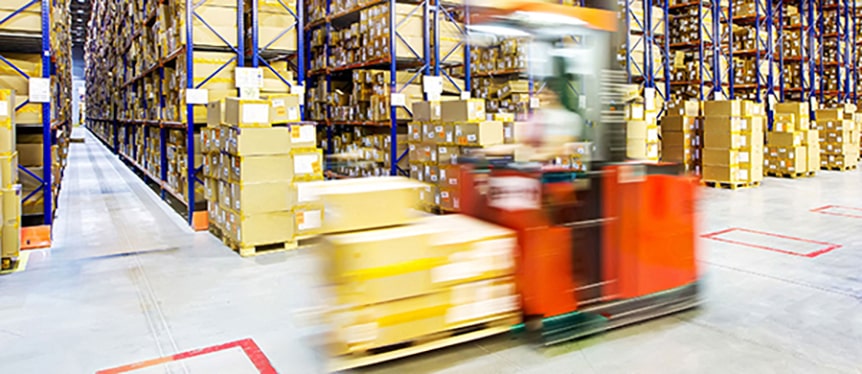
Properly trained drivers with certification is a legal requirement for those operating fork lift trucks. Other measures which can improve forklift driving standards are:
Frequent re-training and refresher courses for drivers.
Keeping operator training and development top-of-mind can make a huge difference to facility safety standards.
Warehouse racking monitoring.
Giving forklift drivers visibility of how their vehicle is impacting on rack infrastructure helps them improve their driving standards. Electronic and IoT devices can reveal a picture of where forklift accidents might occur and where more driver training is needed. The A-SAFE RackEye safety system is at the forefront of this technology.
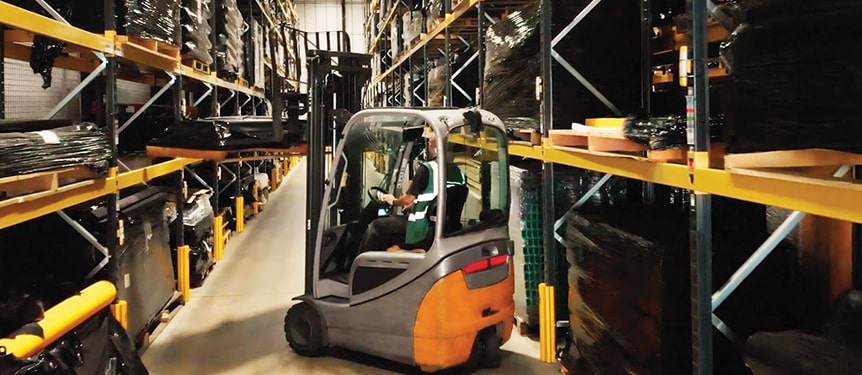
The forklift trucks in your fleet need to be inspected daily. Checks on the following areas will identify potential accident risks.
The Forklift Truck Association provide further advice and fact sheets on owning and operating forklift trucks.
PAS 13 is the official Code of Practice for safety barriers in the industrial workplace. It was published by the British Standards Institute (BSI) in 2017 and has become hugely influential for health and safety managers worldwide.
It contains traffic management advice to ensure facility layouts minimise forklift and pedestrian interactions. This massively reduces the risk of forklift accidents. It also gives guidance on how to know if safety barrier suppliers are providing are properly tested, fit for purpose equipment.
Misinformation is a problem where safety products are concerned. Ask your barrier supplier if their products are tested to PAS 13, and if they can show independent verification from a reputable certifier, such as TUV Nord.
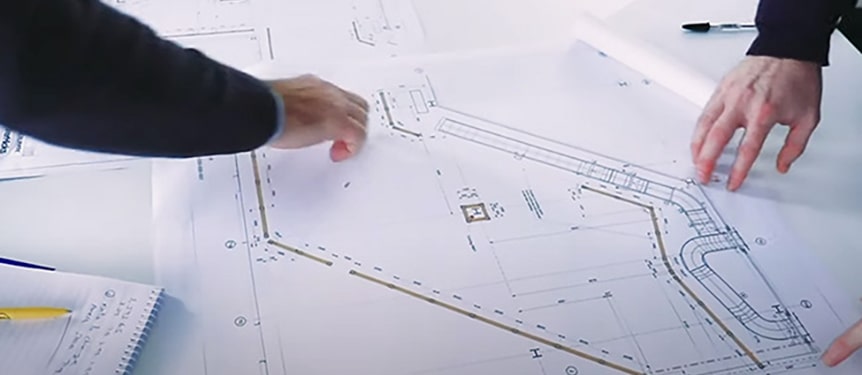
Every facility can avoid forklift accidents by using safety barriers that are properly tested and certified. From a trusted barrier supplier, the right barriers, in the right place, are the best way to minimise operating risk. This provides protection for people and assets from forklift vehicle movements.
Find out more about Pedestrian Protection on the A-SAFE website:
Pedestrian Protection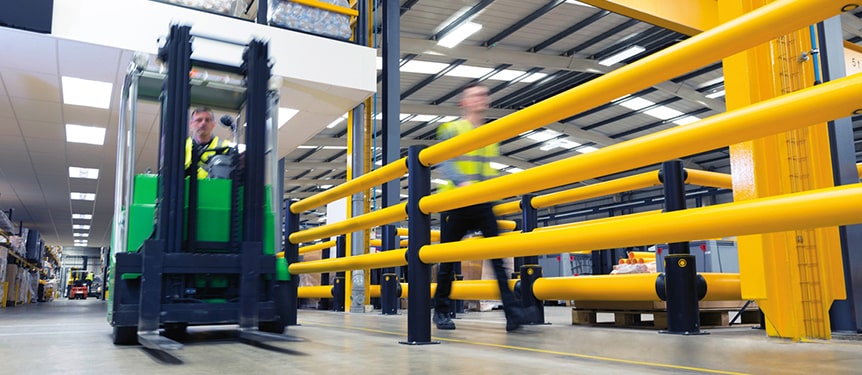
[1] Over the five years to March 2021. RIDDOR
[2] 5 years RIDDOR combined with other data, using the GB level employment by Broad Industry Group data from the ONS
[3] Average over 5 years to March 2021
[4] Ibid.
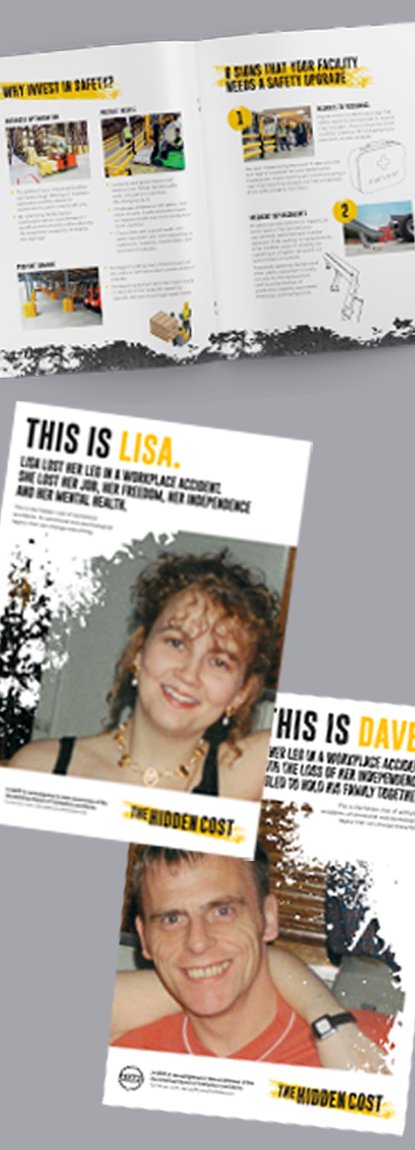
For more tips and detailed advice, download our free resource pack. This pack, put together by leading industrial safety experts contains:
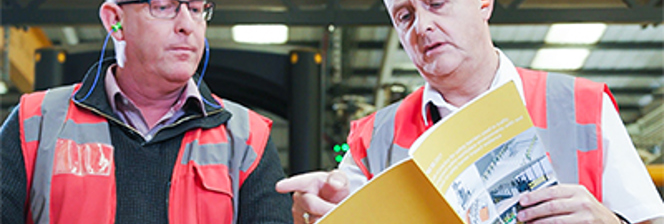
For more information about PAS 13 and the steps you can take to manage the risks in your facility, book a FREE consultation with one of our safety experts.